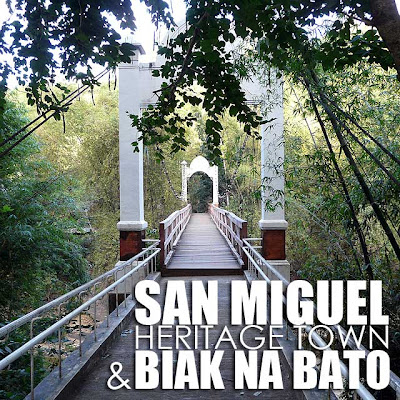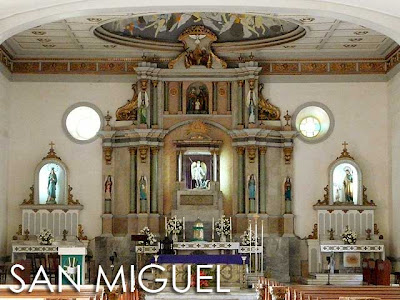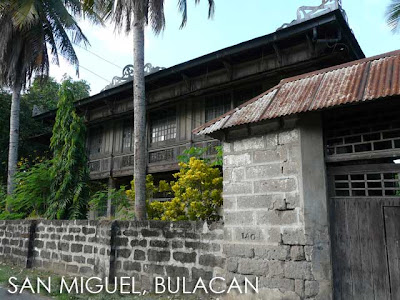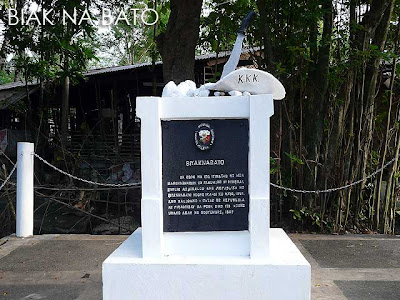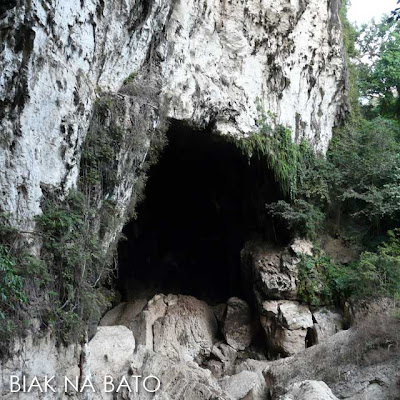
I've heard about the beauty of Kawasan Falls in Badian. On a recent trip to Cebu with my fraternity batchmates, we visited the waterfall. It's about 3 hours from Cebu City. And if you plan to rent a van, it's not cheap. On the way there, you get to pass by the picturesque coastline of the western side of Cebu.
The falls is several kilometers past the town proper of Badian. From the jump-off point along the National Highway, there's an easy 15 minute walk to Kawasan Falls. Along the way, you have to pay Php10 per head as entrance fee.

Kawasan Falls has aquamarine blue water making it look like it was a swimming pool. You can rent tables for Php300, or ride a raft that will bring you under the falls, also at Php300 per group.
It's quite refreshing but not as high as other popular waterfalls around the country. But in my opinion, you'd have to spend the whole day there, or explore nearby attractions for the trip or cost of transportation to be worth it.


